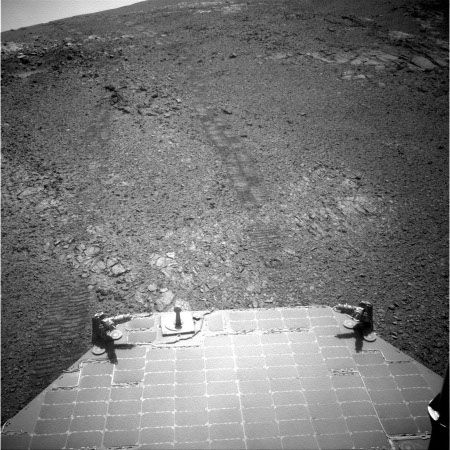Interorbital’s first test rocket, Neptune 1, is almost ready for flight
Capitalism in space: Interorbital, a smallsat rocket company building what they hope will be the world’s smallest and cheapest rocket, have announced that their first test rocket, Neptune 1 Guidance Test Vehicle (N1 GTV), is nearing completion.
During the test flight, the rocket will simulate an orbital launch trajectory by using the main rocket engine’s throttling capability to vary the thrust-to-weight ratio, thus simulating the actual conditions that will be experienced during an orbital launch. After the rocket passes through the transonic phase and Max Q, the engine will gradually throttle down, slowing the rocket until it begins to hover. At this point, the rocket engine will be shut down and the rocket will be allowed to fall. At a safe altitude, a parachute will be deployed for vehicle and payload recovery.
They then plan to follow this with an orbital test flight. No dates however for any of these test flights have as yet been announced.
Capitalism in space: Interorbital, a smallsat rocket company building what they hope will be the world’s smallest and cheapest rocket, have announced that their first test rocket, Neptune 1 Guidance Test Vehicle (N1 GTV), is nearing completion.
During the test flight, the rocket will simulate an orbital launch trajectory by using the main rocket engine’s throttling capability to vary the thrust-to-weight ratio, thus simulating the actual conditions that will be experienced during an orbital launch. After the rocket passes through the transonic phase and Max Q, the engine will gradually throttle down, slowing the rocket until it begins to hover. At this point, the rocket engine will be shut down and the rocket will be allowed to fall. At a safe altitude, a parachute will be deployed for vehicle and payload recovery.
They then plan to follow this with an orbital test flight. No dates however for any of these test flights have as yet been announced.




